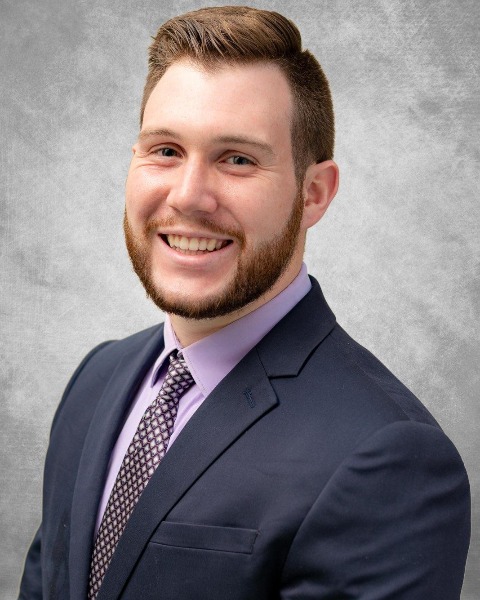Rate Versus Rhythm Control in Postoperative Atrial Fibrillation in Noncardiac Surgeries
-

Nikko Bonavoglia, BCCCP, PharmD
Critical Care Pharmacist
Hospital of the University of Pennsylvania
Philadelphia, PennsylvaniaDisclosure information not submitted.
-
KB
Karyn Butler, BS, MD, FACS,FCCM
Director of Surgical Critical Care
Abington Hospital, United StatesDisclosure information not submitted.
-
DS
Danielle Schulingkamp, BCCCP, BCPS, RPh
Clinical Coordinator, Critical Care and Surgical Trauma, PGY2 Critical Care Residency Director
Abington Hospital, United StatesDisclosure information not submitted.
First Author(s)
Co-Author(s)
Title: Rate Versus Rhythm Control In Postoperative Atrial Fibrillation In Noncardiac Surgeries
Introduction/Hypothesis: Postoperative atrial fibrillation (POAF) is a known phenomenon following surgical procedures. POAF has multiple negative implications including tachyarrhythmias leading to hemodynamic instability, newly diagnosed heart failure, thromboembolic stroke, and acute limb ischemia. To date, comparative data is lacking with rate versus rhythm control in noncardiac POAF. Metoprolol, digoxin, diltiazem, and amiodarone have been used in the treatment of atrial fibrillation (AF). The objective of this study is to characterize pharmacologic approaches to successfully convert POAF to normal sinus rhythm (NSR) after noncardiac surgery.
Methods: This single-center retrospective study included patients greater than 18 years of age that developed POAF with rapid ventricular rhythm within 7 days of noncardiac surgery. Patients were excluded if they were pregnant or breastfeeding, utilized beta-blockers perioperatively, underwent neurosurgery, received amiodarone within 6 weeks of the index surgery, had contraindications to amiodarone, or had significant cardiac history (heart valvular disorder, Wolff-Parkinson-White Syndrome, permanent AF, or presence of a pacemaker or defibrillator). The primary outcome analyzed was time to successful conversion from POAF to NSR.
Results: Overall, 26 patients were included. Rate and rhythm-controlled medications were similar in respect to time to conversion (P= 0.82). Average time to successful conversion was 4.55 hours. Patients treated initially with metoprolol required a second agent (93%) more frequently in comparison to amiodarone (7%) and diltiazem (0%). The incidence of bradycardia during antiarrhythmic use occurred in 38.5% of patients. Ninety percentage of the bradycardia episodes occurred with amiodarone. Hypotension during antiarrhythmic administration developed in 26.9% of patients, regardless of agent.
Conclusions: In noncardiac surgery patients with POAF, rate versus rhythm control agents were similar in effectively controlling heart rate. From a safety perspective, incidences of bradycardia and hypotension can be multifactorial due to the type of shock and the number of vasopressors Results warrant further research into optimal medical management.
